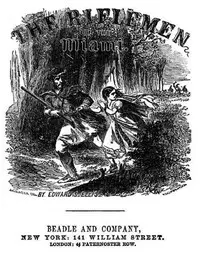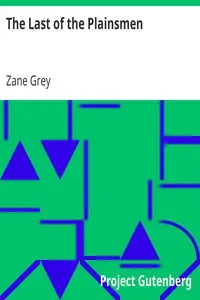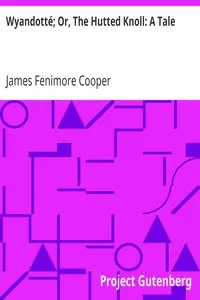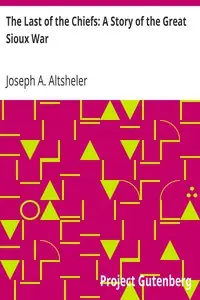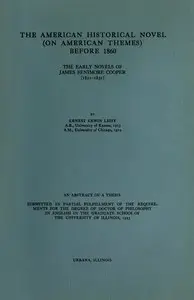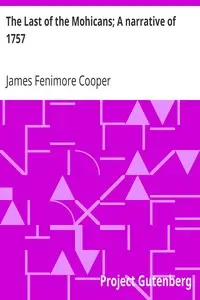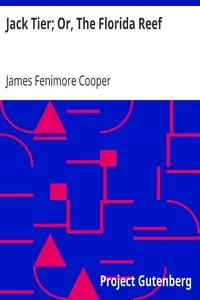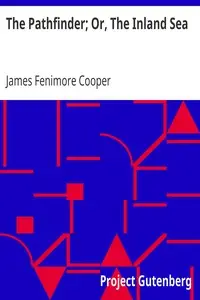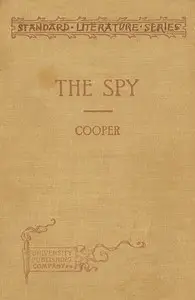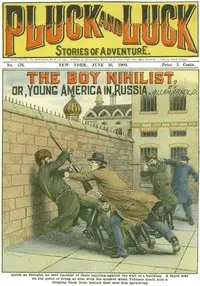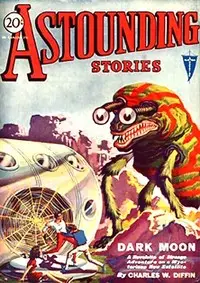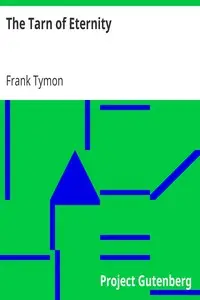"The Last of the Mohicans: A Narrative of 1757" by James Fenimore Cooper is an early 19th-century historical novel that uses the French and Indian War as a stage for adventure. It tells the tale of Hawkeye, Chingachgook, and Uncas as they deal with the dangerous relationships between Native Americans and European settlers. The story starts by showing the tough conditions of war and the dangerous wilderness, setting the scene with worried colonists, Native American attacks, and British military leadership. We follow Major Heyward and two women, Cora and Alice, as they are led by an Indian runner through the treacherous wilderness. The rising tension is evident as the group tries to escape dangers in the woods, highlighting their risky situation in a land full of conflict and betrayal.
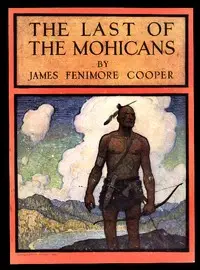
The Last of the Mohicans: A Narrative of 1757
By James Fenimore Cooper
Amidst a bloody war, a skilled frontiersman and his Native American companions fight to protect two sisters as they navigate a perilous wilderness filled with treachery and danger.
Summary
About the AuthorJames Fenimore Cooper was an American writer of the first half of the 19th century, whose historical romances depicting colonial and indigenous characters from the 17th to the 19th centuries brought him fame and fortune. He lived much of his boyhood and his last fifteen years in Cooperstown, New York, which was founded by his father William Cooper on property that he owned. Cooper became a member of the Episcopal Church shortly before his death and contributed generously to it. He attended Yale University for three years, where he was a member of the Linonian Society.
James Fenimore Cooper was an American writer of the first half of the 19th century, whose historical romances depicting colonial and indigenous characters from the 17th to the 19th centuries brought him fame and fortune. He lived much of his boyhood and his last fifteen years in Cooperstown, New York, which was founded by his father William Cooper on property that he owned. Cooper became a member of the Episcopal Church shortly before his death and contributed generously to it. He attended Yale University for three years, where he was a member of the Linonian Society.


